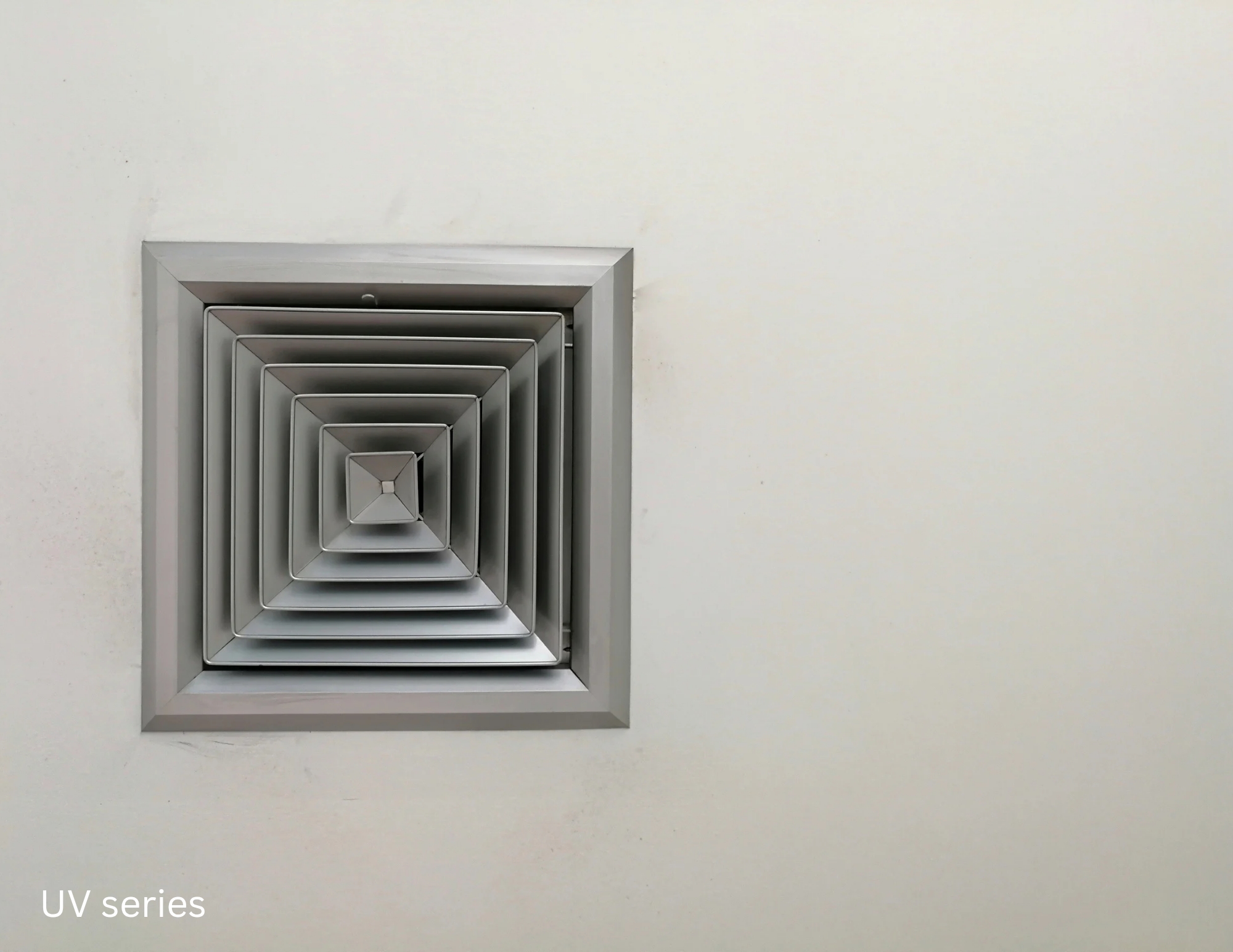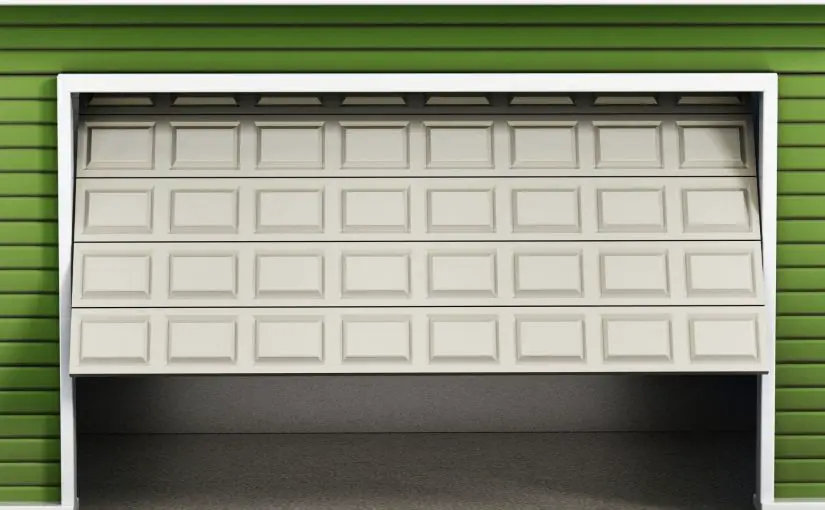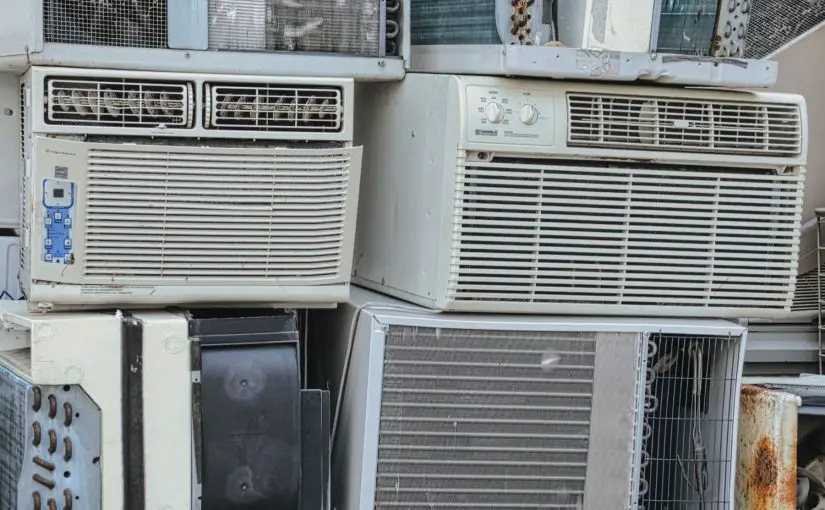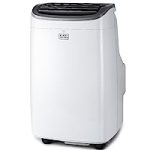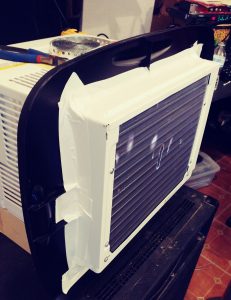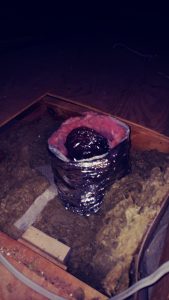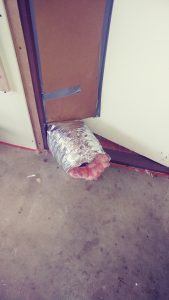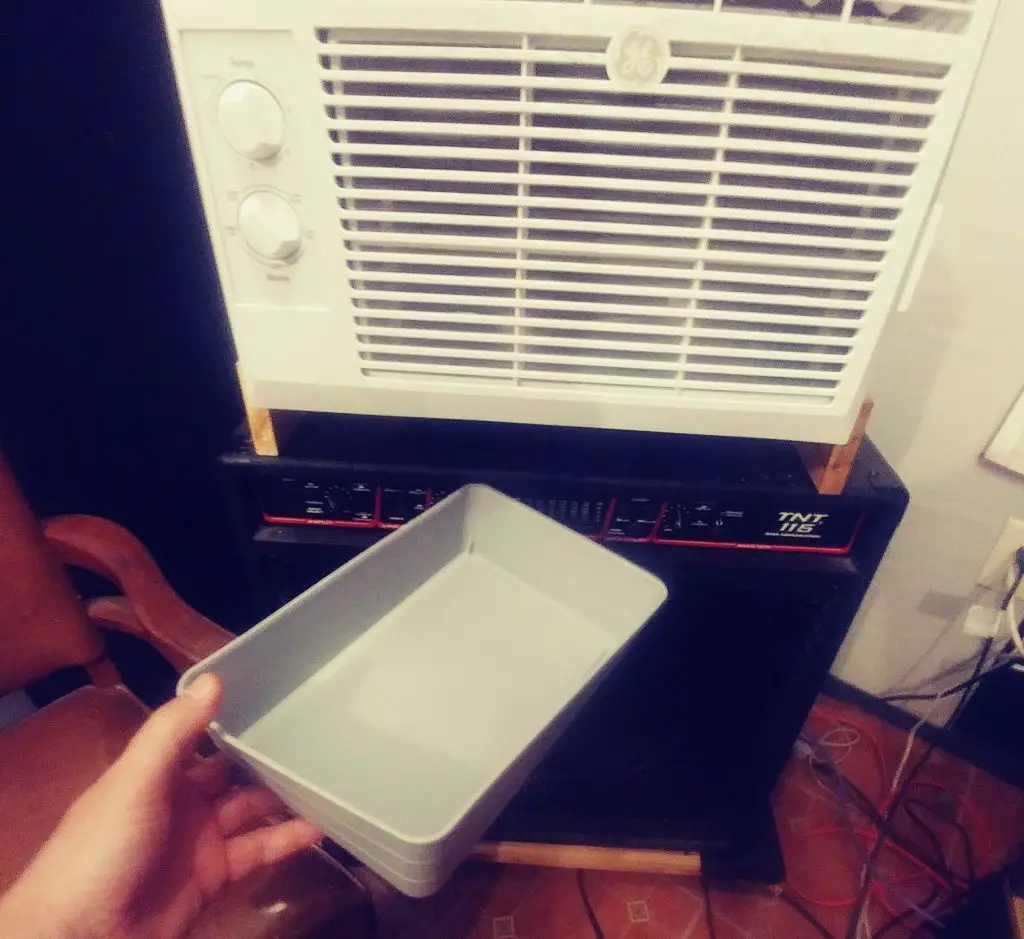When the summer heat is pounding down and you need quick relief and don’t want to spend a mint to do so, window air conditioners are one of the best and easiest things that you can do to keep a room cool and comfortable.
But like anything, they do come with their share of questions but you can and can’t do as well as what you can expect and how to get the best out of them.
In this short article we prepared a small window air conditioner FAQ. Enjoy.
Q: How often should I change the filter in my window air conditioner?
The frequency with which you need to change the filter in your window air conditioner depends on two things.
1.How often do you use the window air conditioner.
2. The air quality of your home
As a general rule, you should clean your filter at least once a month.
But that’s just a general rule. If you use the AC all the time, but it’s a good idea to check the filter more often.
Vice versa, If you are not using machine that often, The filter will not be nearly as dirty.
Air quality also it’s a big factor on how often did clean or change your air filter on your window AC.
If you live in an area that’s especially Dusty or if you have pets in the house, you will want to clean the AC filter more often.
 Should you run a window air conditioner at the same time that a evaporative cooler is running in a different part of the house?
Should you run a window air conditioner at the same time that a evaporative cooler is running in a different part of the house?
No, a window AC uses a different type of technology to cool the air then an evaporative cooler.
And you will likely find that the two are working against each other instead of helping.
The reasoning behind this is that the window air conditioner is a refrigerated system that condenses the humidity out of the air as a function of cooling.
But the evaporative cooler ADDS humidity to the air.
Using one machine to reduce the humidity while simultaneously using another machine that increases humidity in theory cancels both out.
But in reality, The window AC would work much harder to dehumidify, which would not only reduce the ability of the unit to cool the air, it would also cause the AC to work extra hard, which could increase the energy bill.
Is it okay to supplement a central air conditioning system with a window air conditioner?
It is possible to supplement a central air conditioning system with a window air conditioner, but it is not always the most efficient or cost-effective option.
A central air conditioning system is designed to cool the entire house, while a window air conditioner is meant to cool a single room or area.
If you are having trouble cooling certain areas of your home with your central air conditioning system, it might make sense to use a window air conditioner in those specific rooms or areas as a supplement.
However, it’s important to consider the cost of running two systems at the same time and the potential for over-cooling certain areas of the house while leaving others too warm.
A better solution would be to address the issues with the central air conditioning system such as sealing the ducts, adding insulation, and making sure it is properly maintained.
Is it okay to run a window air conditioner while using central air conditioning
Window air conditioners and Central air conditioning use the same type of refrigerated air technology to cool the house.
So as far as the two running together, you wouldn’t have any issues.
But there are other things to think about like the cost of running an extra window air conditioner alongside the central air.
Both are energy hogs, annual likely see your electricity bill spike when doing so.
Also you will experience overcooling in some areas while leaving some areas too warm.
 Do window AC units have water in them?
Do window AC units have water in them?
Yes and no.
Window air conditioners remove excess moisture from the air through dehumidification.
The water you see dripping from a window air conditioner is actually water that has been extracted from the moisture in the air.
Window air conditioners do not use water as a way of cooling off the air. Nor do you have to add water to them at any point.
The water you see coming from a window air conditioner is simply a byproduct of the dehumidifying process that window ACs used to cool the air.
Central air conditioning and portable air conditioners use the same type of technology as window air conditioners.
What type of air conditioner has water in it?
Air coolers, also known as evaporative coolers, do have water in them.
They work by pulling hot and dry air through a wet filter or pad, which cools and humidifies the air.
The water is stored in a reservoir and is pumped to the filter or pad to keep it wet.
The cooled and humidified air is then circulated through the room.
As the air passes through the wet filter or pad, some of the water evaporates, which cools the air.
Evaporative air conditioners works the best in dry climates.
Using an air cooler in a moist climate will have the opposite effect of making the room feel less comfortable.
Air coolers also require you to fill them with water manually or through a hose hookup.
Do window air conditioners reduce dust?
Yes window air conditioners do help reduce dust.
This is because all the Cool air that comes out of your window air conditioner started out as warm air inside of your room.
As a function of the window AC, The air is pulled through a filter and then passed over refrigerated coils and sent back into the area.
So you will have a certain amount of dust removal when you operate your window AC.
But you have to remember that a dirty filter is one of the main reasons that a window air conditioner can stop feeling as Cool from day to day.
A dirty filter will not only impact the cooling ability of the AC, it will also cause the machine to work extra hard too keep your room cool, which will result in higher energy use and a higher electricity bill.

